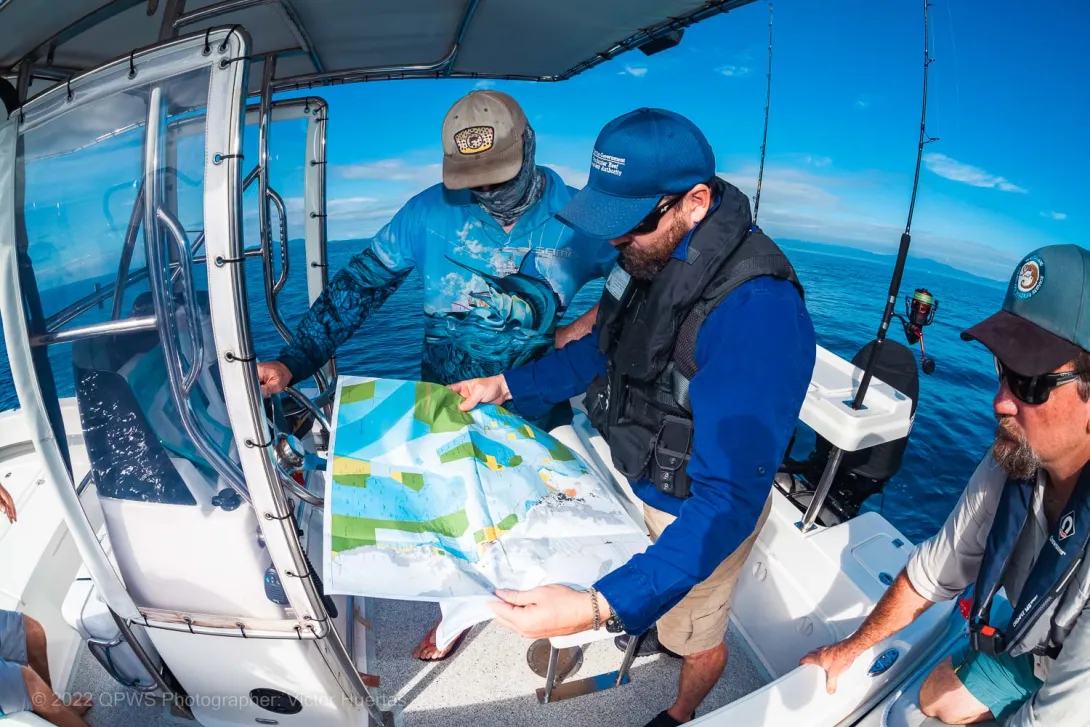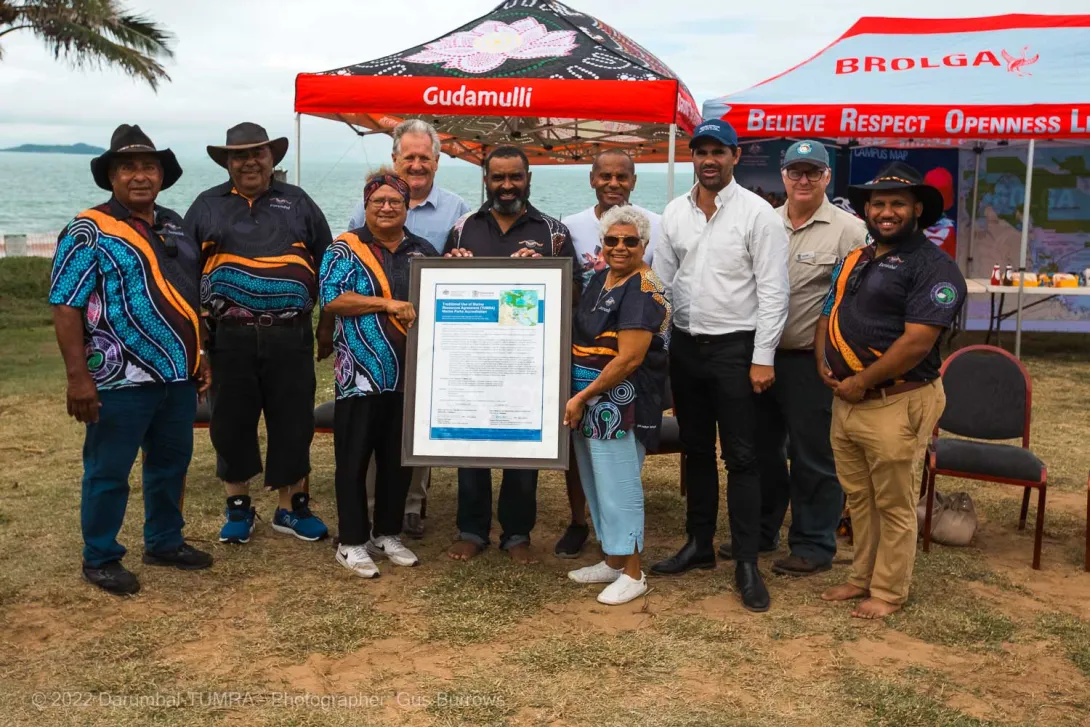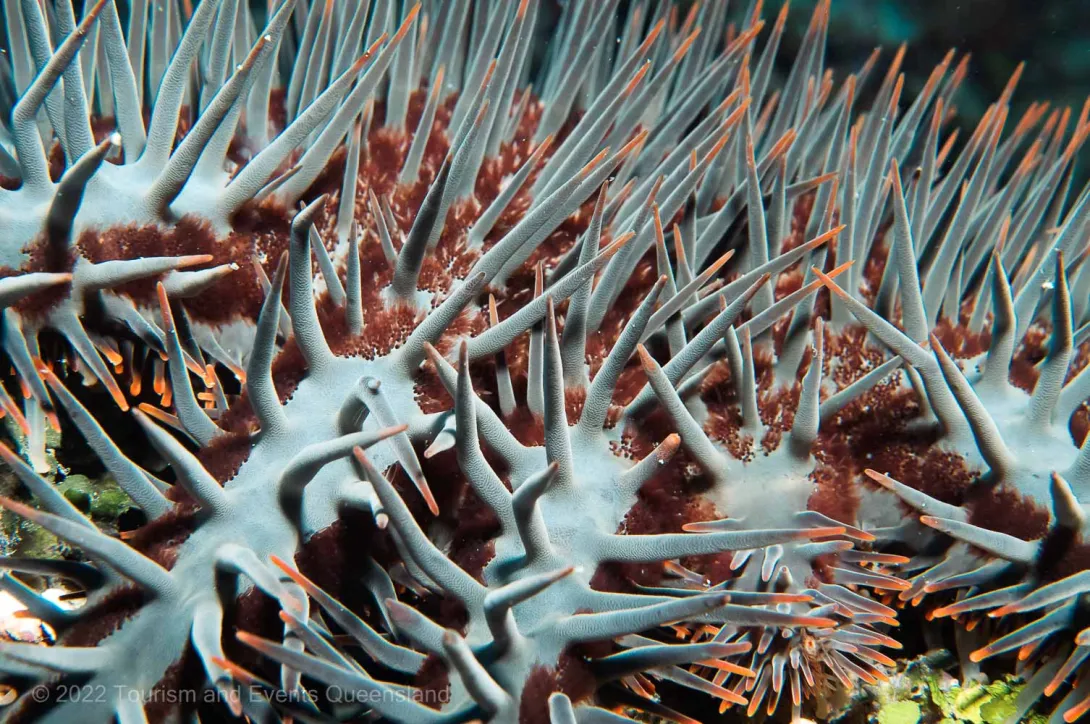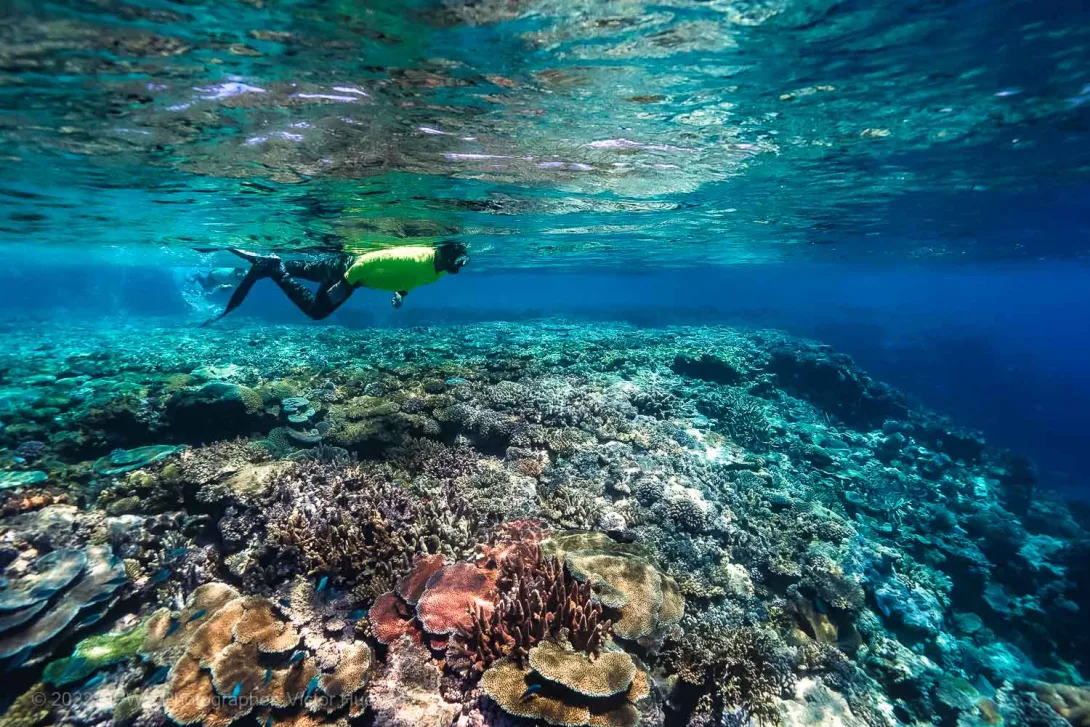The Australian Government’s $1.2 billion Reef protection package includes a $253 million investment in the Great Barrier Reef Marine Park Authority’s key programs over nine years, significantly strengthening its capacity to manage and protect this beautiful and diverse World Heritage ecosystem.
Renowned throughout the world for its breath-taking beauty, a much-loved part of Australia’s identity and home since time immemorial for Aboriginal and Torres Strait Traditional Owners, the Great Barrier Reef contributes billions of dollars each year to the Australian economy as well as tens of thousands of jobs.
Staying at the forefront of marine park management means the Reef Authority must continue to advance and adapt its management to ensure it is contemporary and focused on the needs of the Reef and the community.
The investment will help maintain Australia’s position and reputation as a world-leading marine park manager and accelerate progress towards meeting Australia’s Reef 2050 Plan targets.
This latest $1 billion investment is additional to the Australian Government’s $2 billion investment under the Reef 2050 Plan.
$253 million Reef Authority investment to 2030 includes
- Protecting the Reef through world-leading management:
- Boosting coral reef protection through expanded targeted control of the highly damaging crown-of-thorns starfish. Controlling crown-of-thorns starfish is one of the most effective measures for maintaining the Reef we have and preventing further declines.
- Ensuring Marine Park regulations are contemporary and reflect current reef conditions, environmental changes and marine park use.
- Compliance and enforcement in the Marine Park.
- Boosting protected species conservation in the marine park. Enhancing the Reef Integrated Monitoring and Reporting Program.

- Stronger Reef industries and regional communities will enhance protection:
- Extending the highly successful Tourism Industry Activation and Reef Protection Initiative to 2023-24.
- Enhancing Australia’s leadership on reef protection and science.
- Expanding the successful Traditional Use of Marine Resources Agreement program to more parts of the World Heritage Area, enhancing Traditional Owner involvement in Reef management and supporting best-practice management.

- Crown-of-thorns starfish:
- Controlling the voracious predator, the crown-of-thorns starfish, is a key tool in the Great Barrier Reef Marine Park Authority’s management arsenal to protect coral cover and support Reef resilience.
- The Australian Government’s $1.2 billion Reef Protection package provides an additional $161,424,000 to expand the Crown-of-thorns control program over nine years.
- This will secure the future of the Control program and allow the program to grow to enhance the number of high-value coral reefs and tourism sites that can be protected across the Park.
The threat
Crown-of-thorns starfish outbreaks caused significant damage to coral reefs across large spatial scales and are recognised as one of the major causes of coral decline across the Great Barrier Reef over the past 40 years.
The damage from crown-of-thorns starfish outbreaks adds to the damage from other major causes of coral decline — tropical cyclones and coral bleaching events. Out of these three major causes of coral decline, crown-of-thorns starfish outbreaks are the only ones that can be mitigated through direct, local management.
The program
- Minimising the impact of crown-of-thorns starfish outbreaks is considered one of the most scalable and feasible direct management interventions available today to enhance the Great Barrier Reef’s long-term health and resilience in the face of climate change
- The Crown-of-Thorns Starfish Control Program uses science-based evidence, dedicated vessels, professionally-trained crews, and strategic surveillance and monitoring to target efforts and locations.
- The Program’s key objective is protecting coral on ‘priority’ reefs with high ecological and economic value by culling crown-of-thorns population densities to sustainable coral growth and recovery levels.
- Since 2012, the Program has protected more than 335 coral reefs from the devastating impacts of coral-eating culling crown-of-thorns starfish. More than 1.1 million crown-of-thorns starfish have been culled from 83,000 hectares of the reef, protecting a reef area of more than 726,000 hectares.
- Strategic management of crown-of-thorns starfish outbreaks has proven results — effectively protecting coral and delivering positive ecological and economic outcomes for the Great Barrier Reef Marine Park and the communities and industries that rely upon it.

- Tourism Activation:
- The highly successful Tourism Industry Activation and Reef Protection Initiative will be reactivated following the Australian Government’s funding boost enabling tourism operators to continue important reef monitoring and conservation work over the next two and a half years.
- The continuation of the initiative will help secure critical, frontline jobs in the Reef’s tourism industry while simultaneously helping conserve high-value tourism sites along the Reef.
- The Initiative - The initial initiative, undertaken in 2021, was part of the Australian Government’s $1.2 billion COVID-19 Relief and Recovery Fund, with the dual aims of supporting Reef tourism jobs and Reef protection.
- Coordinated by the Reef Authority, the initiative delivered thousands of hours of Reef conservation activities including in-water monitoring surveys and helping control populations of the coral-eating crown-of-thorns starfish and other pest species. It also enabled essential ongoing maintenance of key tourism sites to ensure they are ready to welcome visitors once travel restrictions ease.
- Tourism is a critical part of the Reef economy which, prior to the COVID pandemic, contributed $6.4 billion a year as well as providing 64,000 jobs.
- Tourism operators play a vital role in educating visitors on responsible ways to enjoy the Marine Park. They enhance visitor experiences of the Reef and play an important role in protecting the amazing biodiversity that supports their industry.
- This initiative allowed tourism operators to encourage their guests to participate in some of the conservation activities they were undertaking during their Reef visit, helping to enrich a visitor’s experience of this spectacular ecosystem. Communicating ecological processes to tourists, it increases awareness of threats to the Reef in the wider community and leads the way to inspire visitors to take action to protect the Reef.
- The funding complements the Reef Authority continued support for the tourism industry as they navigate the impacts of the COVID pandemic.

